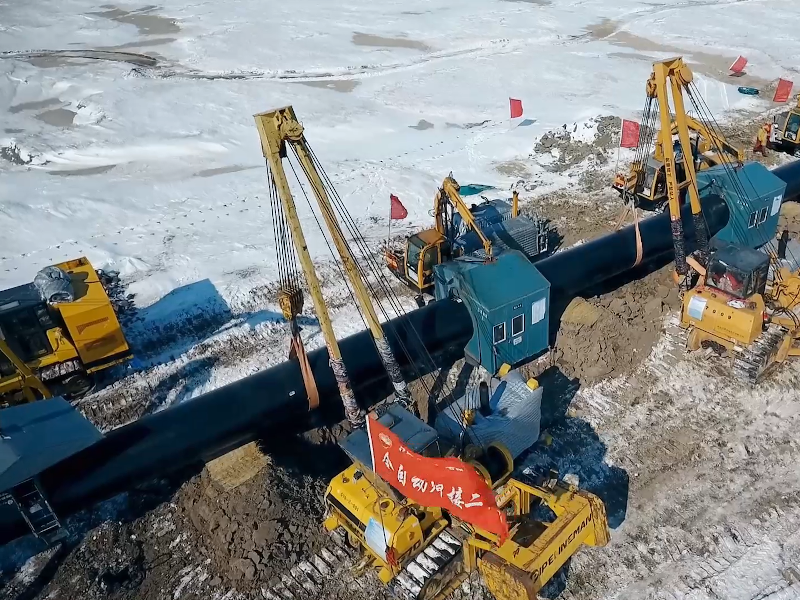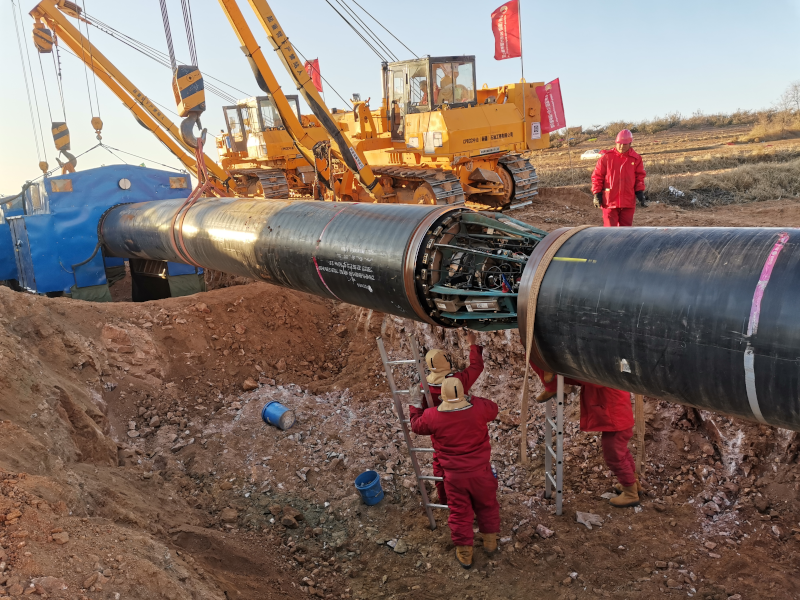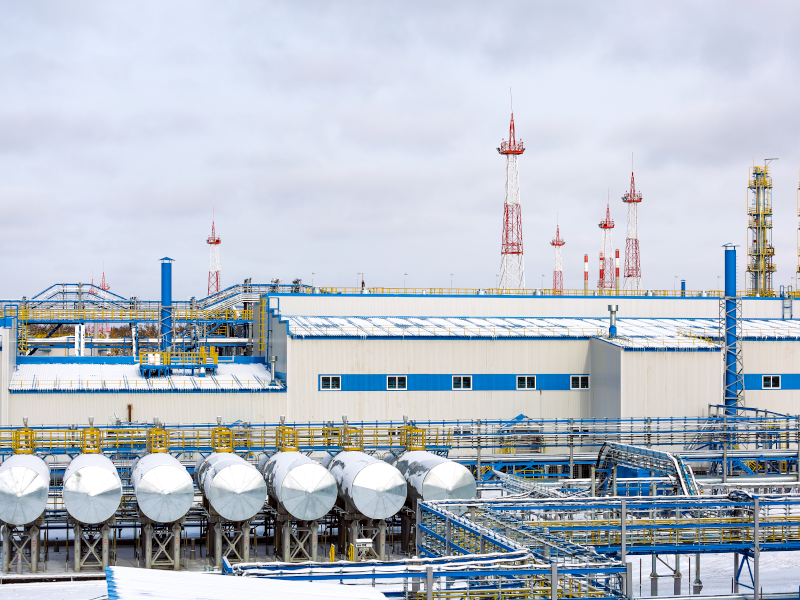The China-Russia East-Route natural gas pipeline that commenced partial operation in December 2019 is the first pipeline to supply Russian gas to China.
The pipeline includes a 3,000km-long segment called the Power of Siberia in Russia and a 5,111km-long section in China.
Russia’s Gazprom entered into an agreement with the China National Petroleum Corporation (CNPC) to supply natural gas to China through the China-Russia East-Route gas pipeline in May 2014.
Gazprom agreed to supply natural gas to China for a period of 30 years from the start of pipeline operation. Initially, China is expected to receive 5 billion cubic metres (bcm) of natural gas in 2020 which will be increased to the design capacity of 38bcm a year from 2024 onwards.
The Chinese part of the pipeline originates at Heihe in Heilongjiang province in north China and terminates at Shanghai passing through nine provincial-level regions. The pipeline will supply gas to northeast China, the Beijing-Tianjin-Hebei region, and the Yangtze River delta region.
Route details of the pipeline in China
The length of the pipeline in China is approximately 5,111km which includes approximately 3,371km of new pipelines and 1,740km of existing pipeline. The pipeline is claimed to have the biggest diameter at 1.42m and the highest-pressure capacity at 12 megapascals (MPa) among all the existing long-distance pipelines in China.
The pipeline is divided into three sections in China for executing a phased construction and operation. The north section of the pipeline is from Heihe to Changling County in Jilin province, the middle section runs from Changling County to Yongqing County in Hebei province, while the south section starts in Yongqing County and terminates at Shanghai City.
The construction work on the Chinese part of the pipeline started with the northern section in June 2015, which started operations in December 2019. The pipeline has a gas-distributing and compressing station in Heihe.
The construction works on the middle section were started in July 2019 with its completion expected by the end of 2020.
The construction of the pipeline’s south section was started in July 2020 with its commissioning expected in 2025. The south section of the pipeline will involve the construction of an underwater tunnel across the Yangtze River.
Gas suppliers
The Chayandinskoye gas field in Sakha Republic in East Siberia and Kovyktinskoye gas field in Irkutsk Oblast are the main suppliers of gas to the pipeline.
The Chayandinskoye gas field started supplying gas to the pipeline, while the Kovyktinskoye field is slated to start feeding gas to the pipeline in late 2022.
The Power of Siberia pipeline
The Power of Siberia pipeline, which is approximately 3,000km-long and 1.42m-diameter, supplies gas to China and Russia’s Far East. The export capacity of the pipeline is up to 38bcm a year.
The pipeline passes through the Irkutsk Region, Amur Region, and the Sakha Republic in Russia. The construction of the pipeline was started in September 2014 while the 2,200km-long section of the pipeline from the Chayandinskoye field to Blagoveshchensk near the Russia-China border was brought on stream in December 2019.
In the second phase, an 800km-long section of the pipeline from the Kovyktinskoye field to the Chayandinskoye field is expected to start operations in late 2022.
Contracts awarded
China Petroleum Pipeline Engineering Corporation (CPPE), a subsidiary of CNPC, was awarded an engineering, procurement, and construction (EPC) contract for a section of the pipeline across the Amur River in China-Russia border in September 2016.
Xionggu Electrical Corporation received a contract to provide automatic pipeline welding equipment for constructing the Chinese section of the pipeline.





